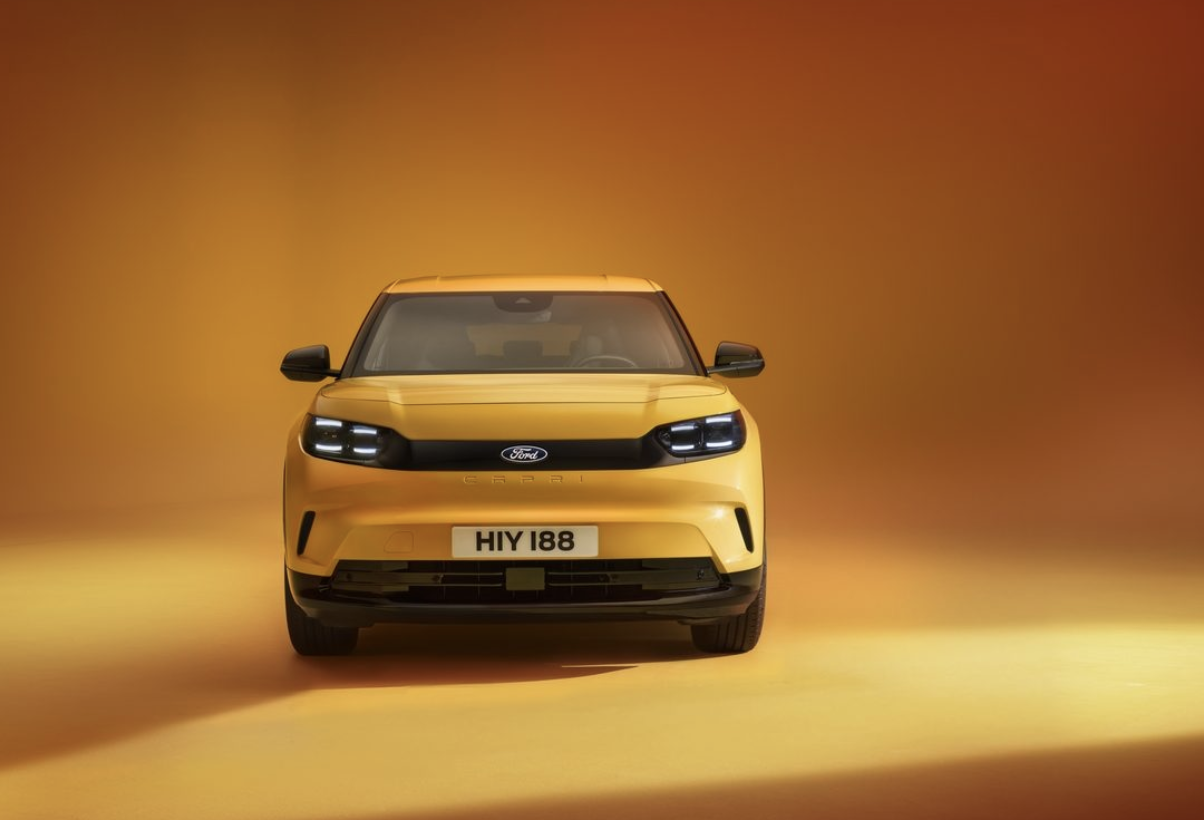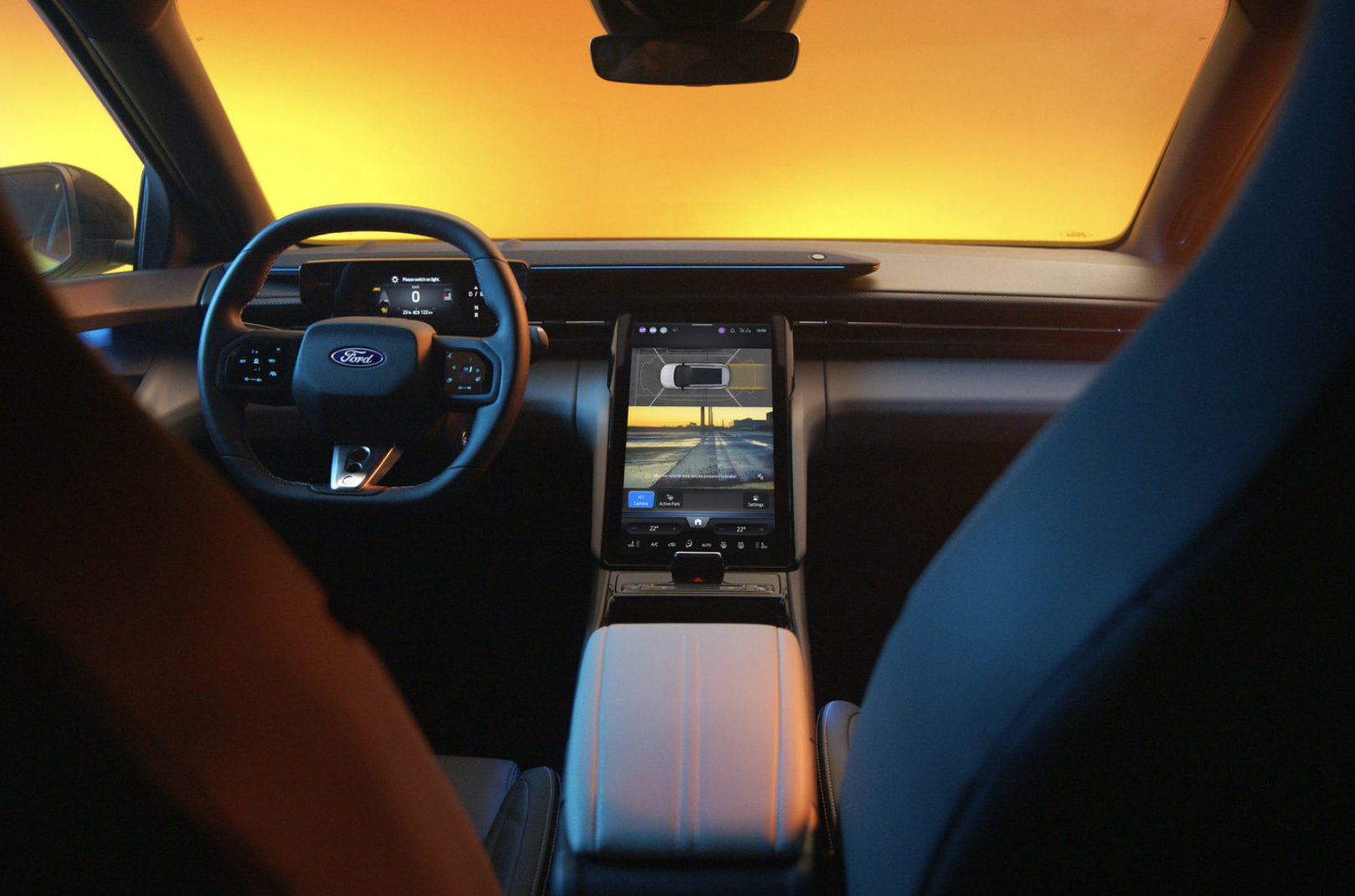Capri going for three - as an SUV
/Coupe-roofed spin from electric Explorer revealed.
HERE it is, another revival of the Capri nameplate, back to be being a coupe as the original was, but otherwise … different.
Third time a treat? Given how challenging the electric vehicle market is right now, it’s hard to read what sort of sales rate this slinky-ish battery-reliant five-door sports utility vehicle might initially get, but it given that electric is the future, Ford had to do it.
Ford is steeled to hear old-schoolers bemoaning this model daring to revive the whole coupe thing and expects them to take umbrage at Ford design director Amko Leenarts daring to call it a model that “celebrates Ford's past while reinventing Ford's future.”
Travesty? Water off a duck’s back for the brand that has stuck to its guns with Mach-E becoming part of the Mustang family. That move set the template for the electrification of existing badges that has subsequently seen the Explorer name make a comeback. Again, they own these names ….
Moving on from all that , the BlueOval is taking a much safer path with this kind of car than could have. Total madness would have been reprising the second-generation Capri, that wedge-shaped Mazda 323-based abomination Ford Australia foisted between 1989 (so, three years after European original went out of production) to 1994. The heyday of a certain Mazda roadster that swept the world.
Will New Zealand see the Capri? Never say never is the message, but perhaps only if we first take the Explorer it derives from (same platform, running gear, high specification commonality, some different panels), which was likely until the local arm worked out that it was going to price challenge with Mach-E here.
And definitely not until the market turns a corner. Getting these models would have been hard in the best of times, one thousand times more challenging in the current environment when EV interest has gone flat.
Those in the know will be aware that both cars are based on a Ford-enhanced version of the Volkswagen Group's MEB electric vehicle platform.
Ford insists the Capri is more than just the Explorer with a different roof line. But many of those differences come down to each taking their own styling direction.
Externally, the Capri features a new front end that has echoes of the Capri MkIII, which came out in 1978, with the quad-LED daytime running lights connected by a narrower black insert designed to emulate the old car's grille. From there, two distinct bulges run back from the lights into the bonnet, just like the Capri MkIII.
The smallest wheel is a 19-inch, the higher-spec Premium moving up to a 20, with an optional 21-inch wheel design set to be offered.
European and UK media say the most obvious link between the Capri and Explorer are identical 2767mm wheelbases and the same doors for both cars. At 1626mm the Capri is 4mm lower than the Explorer.
Behind the C-pillars, Explorer has small windows and a truncated rear; Capri has C-shaped windows (another nod to the Ford Europe original) and a sloping hatchback tailgate that extends the car's rear end by 166mm over Explorer.
You know how coupe stylings always deliver style at expensive of sensibility, and always exact a cost for packaging? Not in this case. Capri has a 672-litre boot. That's 102 litres bigger than the Explorer’s. At 1510 litres, the new model’s cargo space is also 50 litres’ bigger than the donor’s when the back seats are folded.
As with the Explorer, the new Capri has the number plate set into the back bumper, but above that are LED taillights connected by gloss-black trim with Capri lettering emblazoned across it. The Vivid Yellow seen here is an exclusive hue.
The dash layout is carried over from Explorer. That means there's a 14.6-inch touchscreen that can be tilted for different viewing angles, hidden storage behind it, a big stowage space called the MegaConsole beneath the central armrest and plenty of premium materials and equipment.
At launch the Capri will be available in Extended Range rear drive and all wheel drive variants.
The former has a 213kW electric motor that allows for a 0-100kmh time of 6.4 seconds, while a 77kWh battery is fitted for an official range of up to 627km.
The AWD model features twin electric motors for 253kW and a 0-100kmh time of 5.3 seconds, and it comes with a 79kWh battery that officially manages 592km of range.
DC charging is up to 135kW for the RWD and 185kW for the AWD and both can be recharged from 10-80 percent capacity in less than half an hour.





















